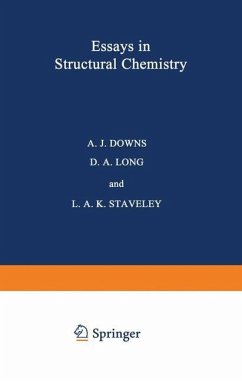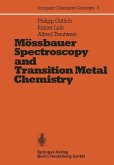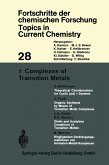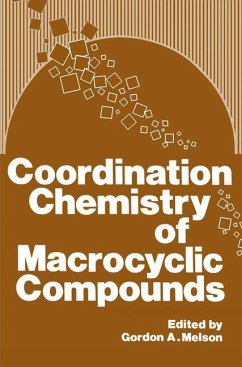This is a textbook of what is often called magnetochemistry. We take the point of view that magnetic phenomena are interesting because of what they tell us about chemical systems. Yet, we believe it is no longer tenable to write only about such subjects as distinguishing stereochemistry from the measurement of a magnetic susceptibility over a restricted temper ature region; that is, paramagnetism is so well-understood that little remains to explore which is of fundamental interest. The major purpose of this book is to direct chemists to some of the recent work of physicists, and in particular to a lengthy exposition of magnetic ordering phenomena. Chemists have long been interested in magnetic interactions in clusters, but many have shied away from long-range ordering phenomena. Now however more people are investigating magnetic behavior at temperatures in the liquid helium region, where ordering phenomena can scarcely be avoided. The emphasis is on complexes of the iron-series ions, for this is where most of the recent work, both experimental and theoretical, has been done. The discussion therefore is limited to insulating crystals; the nature of magnetism in metals and such materials as semiconductors is sufficiently different that a discussion of these substances is beyond our purposes. The book is directed more at the practical experimentalist than at the theoretician.








